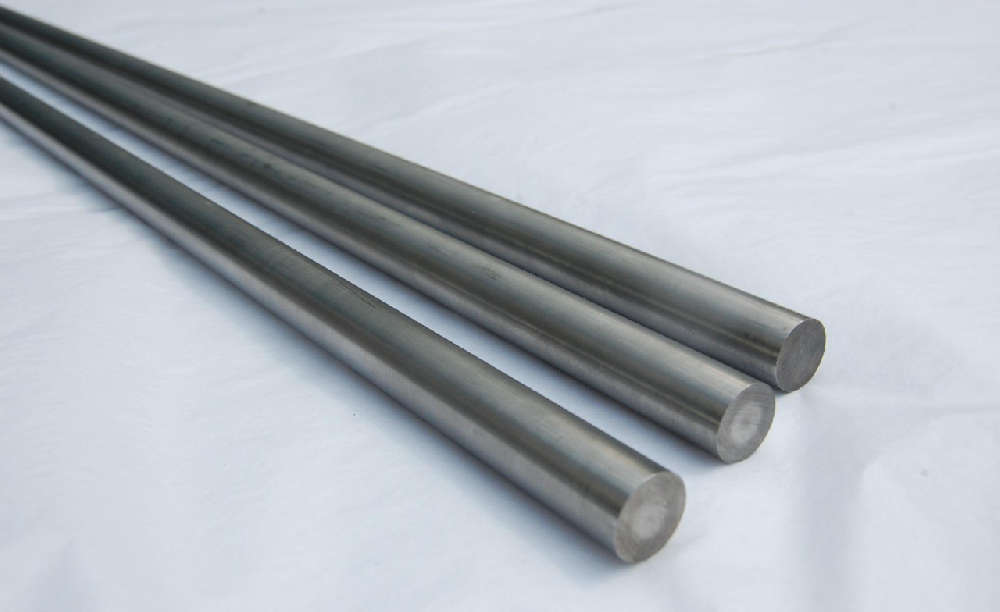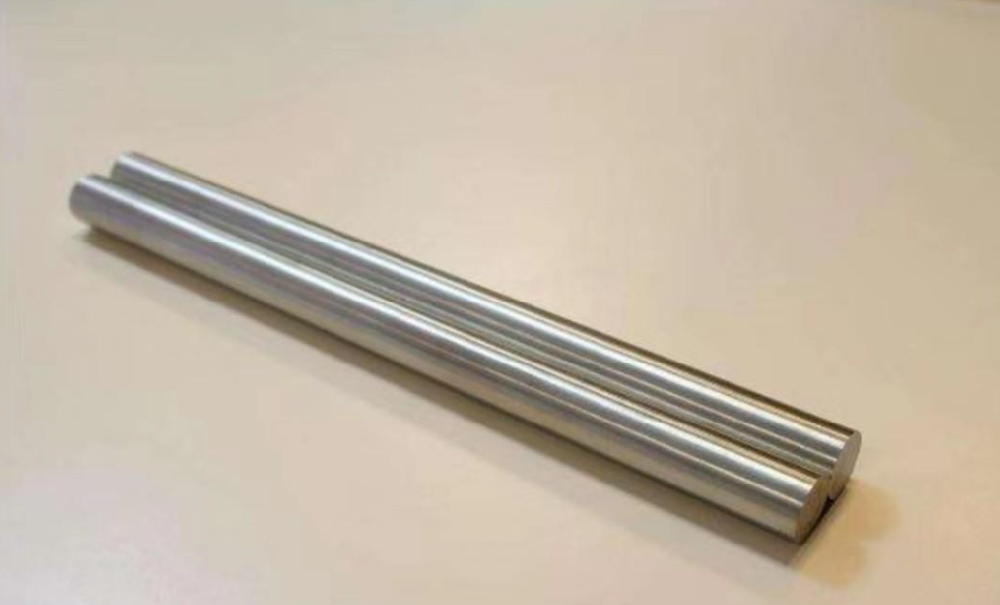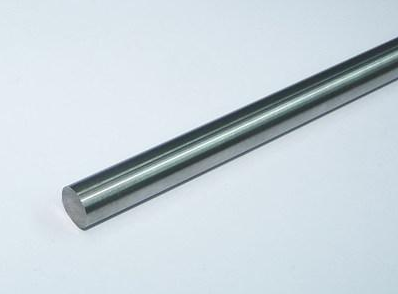

The main applications of crucibles
(1) Burning solid substances
(2) Evaporation, concentration, or crystallization of solutions (if there is an evaporating dish, an evaporating dish should be chosen. Of course, crucibles can also be used for evaporation, concentration, or crystallization of solutions)
Precautions for use
(1) It can be directly heated and cannot be suddenly cooled after heating. Use crucible pliers to remove it.
(2) Place the crucible on a mud triangle when heated.
(3) Stir during evaporation; When it is almost dry, use waste heat to steam it dry.
Crucibles can be divided into three categories: graphite crucibles, clay crucibles, and metal crucibles.
In graphite crucibles, there are three types: regular graphite crucibles, irregular graphite crucibles, and high-purity graphite crucibles. Various types of graphite crucibles have different raw materials, production methods, process technologies, and product specifications due to their different performance, usage, and usage conditions.
The types of crucibles can be roughly divided into three categories: the first type is copper smelting crucibles; The second type is copper alloy crucibles, which have 100 numbers for special circles and 100 numbers for circles. The third type is crucibles for steelmaking, which have 100 numbers.
The specifications (size) of the crucible are usually represented by the order number size. The first crucible has a capacity to melt 1000g of brass, and its weight is 180g. The melting amount of a crucible during the melting of different metals or alloys can be calculated by multiplying the bulk density specification number of the crucible by the corresponding metal and alloy coefficients.
The production raw materials for crucibles can be summarized into three types. One is crystalline natural graphite, and the other is malleable refractory material.
Nickel crucibles are suitable for melting samples of NaOH, Na2O2, Na2CO3, NaHCO3, and alkaline solvents containing KNO3. They are not suitable for melting samples of acidic solvents such as KHSO4 or NaHSO4, K2S2O7 or Na2S2O7, as well as alkaline sulfide fluxes containing sulfur.



Consultation
+86 0917-3512210